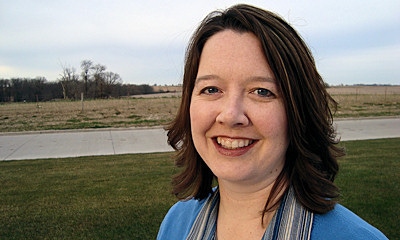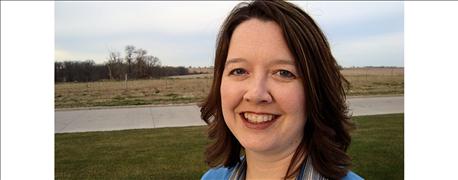
Karen Corrigan is an agronomist and partner in McGillicuddy Corrigan Agronomics, and answers a few hot corn questions with Prairie Farmer.
PF: What’s your take on what can be skipped this year?
Corrigan: You’re the only one who can decide just how that money is best spent on your farm. Don’t let anyone shame you into doing something you aren’t comfortable with budget-wise. Be sure to have recent soil tests. It is a lot easier to decide where money should be spent on fertilizer if you know where your soil starts out. Use removal rates for a guide if you do not have recent soil tests.
Are you using starter? If so, you can live with a lower P level for a bit of time.

PROFIT: “Instead of yield contests, sometimes I think we really need profit contests,” says agronomist Karen Corrigan, McGillicuddy Corrigan Agronomics.
Use IPM principles to determine which pesticides make sense on your farm. Each field is different and just because a neighbor is using a certain product does not mean it will be profitable on your farm.
How do you know what will work?
Corrigan: Don’t use products/programs that you have not verified consistently on your fields. Check full data sets of products you are considering testing. Look to extension sources for unbiased information on new products. Don’t rely on hearsay with no untreated checks. Guaranteeing that you will at least break even is a waste of both your time and money.
How much N is enough N?
Corrigan: Adjust university recommended rates for your timing and product. The closer to planting or sidedress timing the less you can use. Consider putting in a hot streak and observe through the early season if there is a difference in color to see if you need to put more on. Don’t just add more nitrogen because it has rained. Know how the cycle works based on the product you used.
What about weed control?
Corrigan: Know your weed species. Don’t skip on the herbicide, especially if you’ve had a disaster in any of the last 3 years. Look for lower cost alternatives. Take advantage of discounts in conjunction with your seed or customer loyalty discounts. Use lower cost generic alternatives when suitable. Use plain, low-cost surfactants; fancy doesn’t mean better. Use dry AMS instead of higher priced water conditioners.
Are there input deals to be had?
Corrigan: Don’t be afraid to shop around. Each supplier has bought at different times or volumes and may be able to give you better prices.
I know there’s loyalty. But you can’t go broke being loyal to someone else, just to keep them in business. Remember the first local business to support is your own. There are deals to be found, especially if you can transport product yourself. Check with other farmers who may be willing do custom work. You may get a lower price, and they may recoup their investment in equipment sooner.
Take home message?
Corrigan: There’s a big emphasis on profit over yield this year. Details matter. I think farmers are being forced to watch every dollar now - where with $7 corn and $15 soybeans, you could make a fair amount of money and not watch the details.
About the Author(s)
You May Also Like






